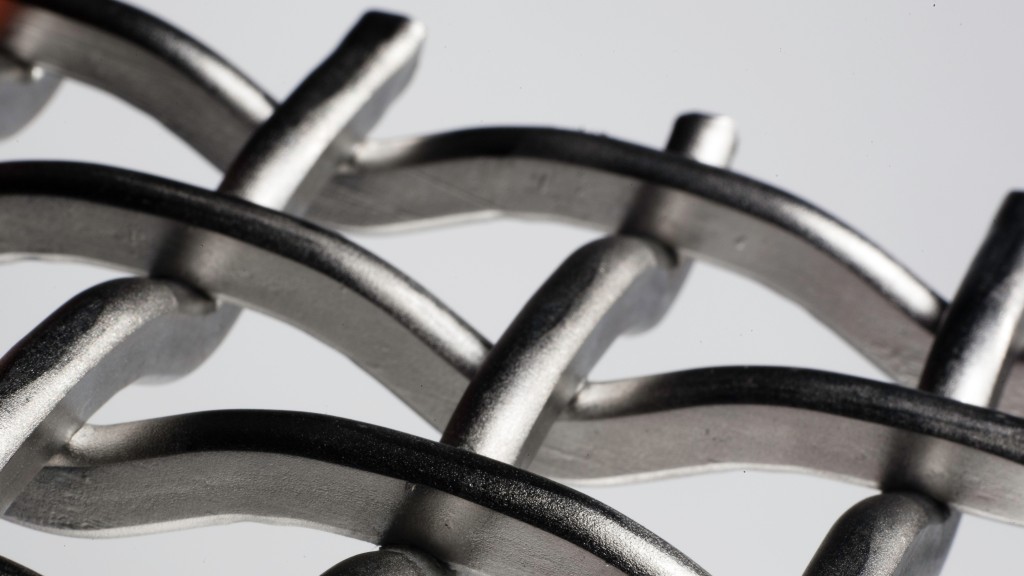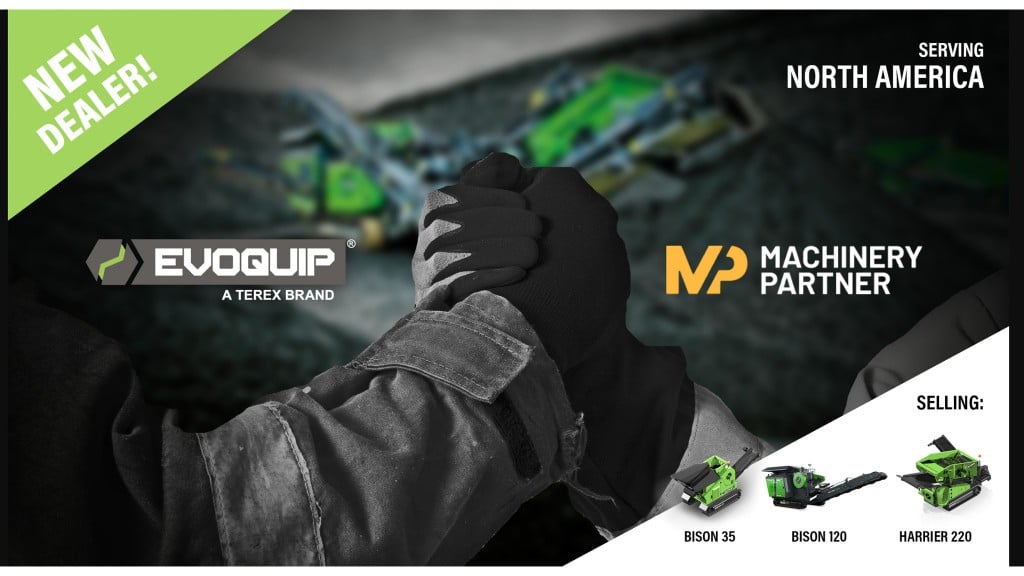
For aggregate producers, efficient and accurate sizing of material during processing is essential to profitability. One screening expert has termed plant screening stations as the "cash box" of the operation. Square opening, woven wire screen is still the media of choice in most aggregate operations. However, carryover of prime size material can become a costly production bottleneck when excessive undersize particles fail to pass through the screen openings.
The most common method of addressing carryover is to slightly decrease the wire gauge (diameter) being used to create more open screening area. However, in doing so, wear life declines due to abrasion if traditional round wire is utilized. For decades, this has been the accepted tradeoff: increased sorting efficiency means shortened screen life.
One quarry production supervisor says that the tradeoff between media throughput and wear life has been a steady battle. "Every rock that rides over is rock that we are not making money on, because I have to re-crush it and send it back across the screen."
Previously, when his operation started wearing through screens, the quarry supervisor would use larger diameter wire. Instead of .250-gauge wire, he would use .312-gauge wire or heavier. Heavier wire, though, reduced the open area for rock to fall through, cutting production.
Wire geometry makes a difference
Although conventional round wire screen has been the industry standard for generations, the geometry of the wire itself contributes to ride over. When rock particles contact the round wire, they tend to deflect up and over the screen, lessening production.
The solution, according to one media producer, is to engineer "shaped" wire that is designed to provide more open area in wire screen of a given diameter, enabling significantly greater flow and production with less ride over. On top of this, some of the designs actually increase wear life by thickening the screen's vertical contact surface to offer greater abrasion resistance.
One engineered woven wire screen called Hi-Rise, from Hoyt Wire Cloth, a wire cloth aggregate division of Lumsden Corporation, compresses and expands wire so it is taller than it is wide with flat sides.
The result of using shaped, rather than round wire, is that up to 15 percent more screen openings can be fit into a given area. The flat surface of the shaped screen wire allows a greater quantity of smaller diameter crushed rock to fall through rather than bounce over the screen, causing quick stratification. Because the material separates readily, more screen area is available for remaining material to be sized. The result: near size material moves through the screen earlier, allowing for a higher feed rate.
Shaped wire acts like a dam acts on water - rock hits the flat area and bounces through, instead of riding over the top. According to the quarry production supervisor, running production with shaped wire captures much more material.
"Our studies have shown that with such high efficiency wire screen, instead of conventional round woven top, you can get 25 to 30 percent more through," he states. He notes that he ran at least 300,000 tons of course grained granite using the shaped high efficiency wire screen so far.
Efficiency boost cuts down production time
Such an efficiency boost means that instead of crushing rock 12 to 14 hours a day with old-school round wire screen, the operation can now achieve the same production in eight hours with the high-efficiency shaped wire. In addition, employee fatigue is reduced, as is crusher wear and tear.
For a limestone quarry in Western New York specializing in crushed limestone, hot mix asphalt, landscape boulders, rip rap, and high calcium agricultural lime, reducing production downtime and was the main issue.
"We were not getting the wear life that we expected out of the traditional round wire screen. If we wanted a greater open area percentage on our screen deck, we needed to go to a smaller diameter wire, so wear and production downtime was an issue," described that quarry's superintendent.
When the limestone quarry switched to shaped wire screen, the wear and production issue was resolved. In the case of Hi-Rise, the shaped wire extends wear life with greater height and wear surface to abrading rock material, which results in a longer lasting screen panel. In addition, the flat sides of the shaped wire wear more slowly than standard round wire because it presents less surface area to such abrasion. As a result, the screen panel holds accurate sizing longer, further prolonging usable life. For the limestone operation, that translates to between 20 and 30 percent longer life span.
Production-wise, the switch to shaped wire screen has increased production by some 20 tons more per hour.
While the cost of the shaped wire is slightly more than traditional round wire, the gains in production and wear life make ROI extremely quick, according to the superintendent.



